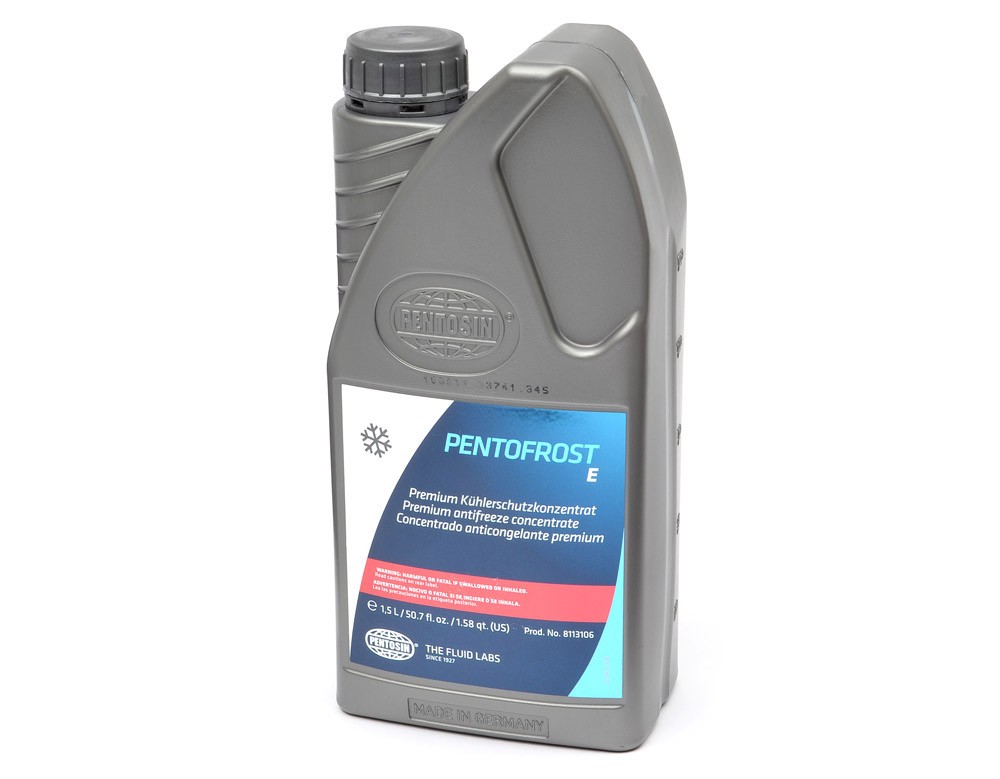

I should also add, that G11 is inky blue, it is NOT "blue-green". Never use a coolant for Asian cars in any VW product. Euro spec coolants DO NOT contain phosphates. They also contain silicates but so do Euro spec HOAT coolants. That's why I included the Asian coolants. The take away here is that not all HOAT coolants are created the same. An OAT coolant that contains phosphates is technically a HOAT coolant. Asian specification coolants are PHOSPHATED OAT coolants. OAT technology with a small amount of silicates added.Īsian Blue & Asian red are the exact same coolants except for the color. G05: a HOAT coolant that is basically the same formula as G12++. Non-OAT formula, contains borates, phosphates, and silicates. G48: The old VW G11 formula, the green/blue stuff. The amount of glycerine based glycol is around 10% of the total glycol content. All G13 is VW specifies a little bit of glycol derived from glycerine instead of 100% petrochemical based. Don't get all hung up on G13, it's not that special. The hybrid means some silicates were added. G40: VW G12++ and G13 compatible, HOAT (Hybrid Organic Acid technology). The first OAT (Organic Acid Technology) coolant This includes anything made by Prestone and Peak. A very brief description of each coolant starting from left to right.ĭex-Cool: Run away from anything that has Dex-Cool on the label. Not all NAPA stores stock all the varieties of Zerex coolant. This is the first time I saw all the Zerex products together.

I took this photo at a NAPA store a few months ago. Contains some silicates and glycerin made from renewable sources as a substitute to some of the ethylene glycol. Contains silicates, borates, and nitrates. They talk about VW coolants around the 10 minute mark. This can cause corrosive protection loss.I can demystify all the confusion about VW coolants. However, I do not recommend mixing the different types of coolant even though they are miscible. Hence, you can mix this coolant with the earlier G12, G12+, and G12++. The latest updated version G13 specs are compatible with the old ones that VW used previously.However, it does not contain glycerin, which is the selling point of the G13 coolant. G12++ is compatible with all VW radiators, and it delivers superb cooling and antifreeze performance.G12+ is compatible with VW and Audi models, where G11 or G12 are the OEM-recommended coolants.If you own a VW from 1994 – 1999, this item is not an ideal pick to use in place of G12.

Since it contains silicates, it is not recommended for older radiators made from copper or brass. Glycerin is poised to be more eco-friendly than glycol. Moreover, the coolant is made with glycerin, a by-product of mineral oil.

It is tested to have the same cooling and antifreeze performance as the G12++ coolant. This antifreeze has a purple/violet color. More so, these silicate additives are the reason why the G13 coolant is ideal for long-term use on modern radiators (primarily those made with magnesium alloy, aluminum, or cast iron). This more recent coolant is formulated with silicate additives for maximum aluminum protection. The introduction of the G13 discontinued the G12 series.


 0 kommentar(er)
0 kommentar(er)
